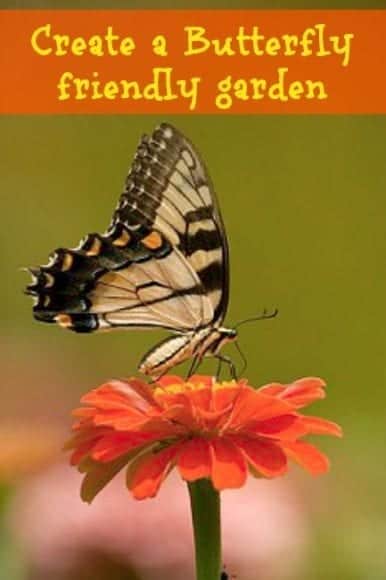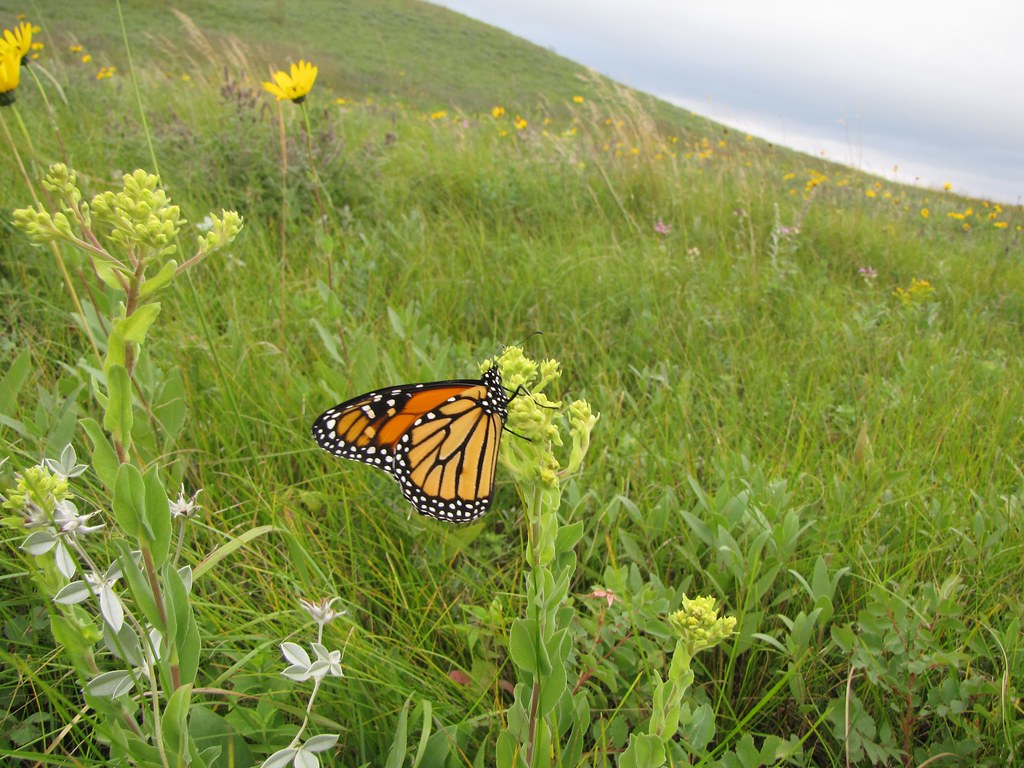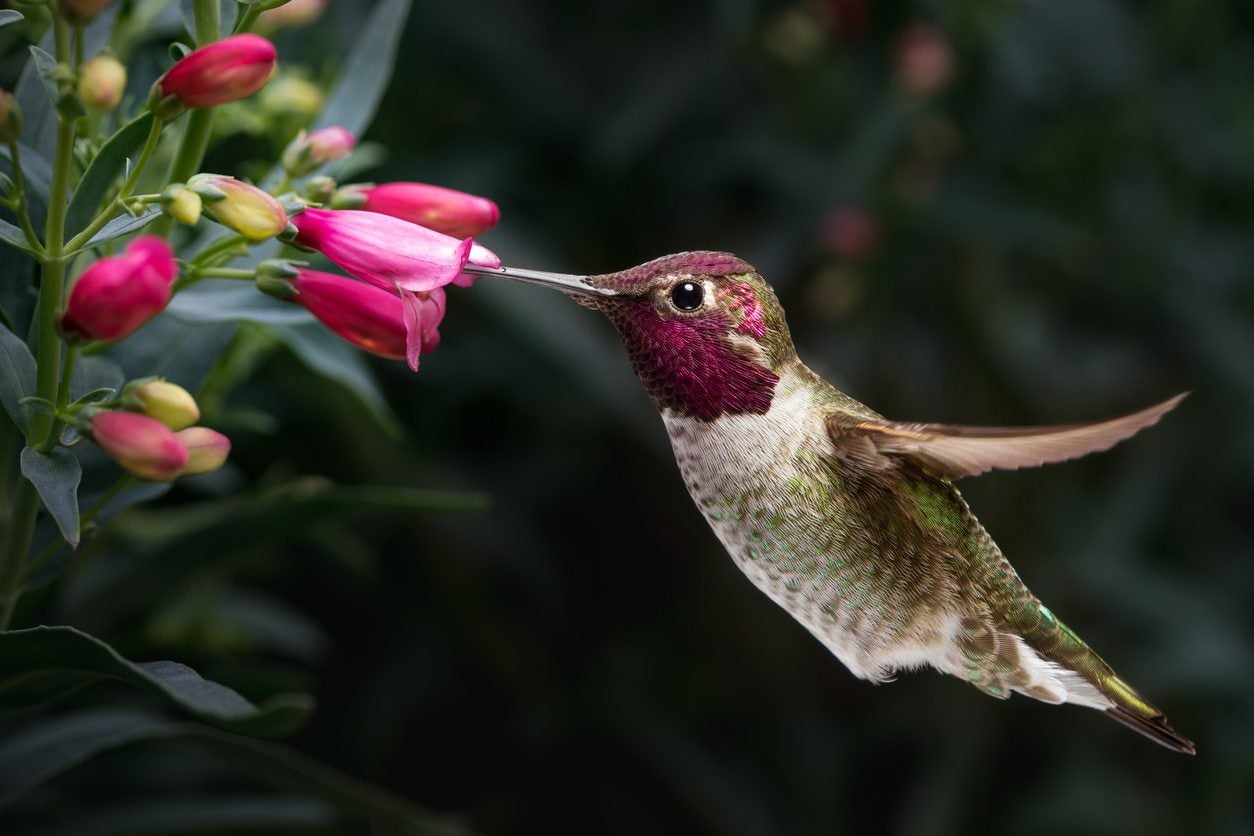How to Create a Butterfly-Friendly Garden: Step-by-Step

Imagine a garden where vibrant wings flutter gracefully, adding a touch of magic to your outdoor space. Butterflies are not only beautiful but also crucial pollinators that contribute to the health of our ecosystems. Creating a butterfly-friendly garden is a rewarding way to support these delicate creatures while enjoying their enchanting presence. Let's dive into the step-by-step guide to transform your garden into a butterfly haven.
Understanding Butterfly Habitat
Before we start planting, it's essential to understand what butterflies need to thrive. A butterfly-friendly garden should provide food, shelter, and a place for butterflies to lay their eggs. This means including a variety of nectar plants for adult butterflies and host plants for their caterpillars.
Nectar Plants: The Adult Butterfly's Buffet
Nectar plants are the primary food source for adult butterflies. These plants produce sweet nectar that butterflies sip through their long, straw-like proboscis. Some popular nectar plants include:
- Butterfly Bush (Buddleia)
- Coneflower (Echinacea)
- Aster
- Zinnia
- Phlox

Host Plants: Caterpillar Nurseries
Host plants are where butterflies lay their eggs and where the caterpillars feed once they hatch. Different butterfly species have specific host plants. For example, Monarch butterflies rely on milkweed, while Swallowtails prefer dill and parsley. Including a variety of host plants ensures that your garden supports the entire butterfly life cycle.
Designing Your Butterfly Garden
A well-designed garden not only attracts butterflies but also provides a visually appealing space for you to enjoy. Here are some tips for creating a butterfly-friendly garden design:
Choose the Right Location
Butterflies love sunny spots, so choose a location that gets at least six hours of sunlight per day. A sheltered area with protection from strong winds is also ideal.
Create Layers of Plants
A diverse garden with layers of plants mimics a natural habitat and provides more opportunities for butterflies to feed and shelter. Include a mix of tall, medium, and low-growing plants.
Incorporate Water Features
Butterflies need water to drink and to extract minerals from the soil. A shallow dish filled with water and a few pebbles can serve as a butterfly puddle.
Planting Your Butterfly Garden
Now that you have a plan, it's time to get your hands dirty. Here's how to plant your butterfly garden:
Selecting Plants
Choose a mix of nectar and host plants that are native to your area. Native plants are adapted to local conditions and are more likely to attract local butterfly species.
Preparing the Soil
Ensure your soil is well-draining and rich in organic matter. Adding compost can improve soil health and support plant growth.
Planting Tips
Plant in groups to create dense patches of color that are more visible to butterflies. Space plants according to their mature size to allow for growth.

Maintaining Your Butterfly Garden
A butterfly garden requires minimal maintenance, but a few key practices can enhance its appeal to butterflies:
Avoid Pesticides
Pesticides can be harmful to butterflies and other beneficial insects. Opt for organic gardening methods to keep your garden safe for wildlife.
Deadhead Flowers
Removing spent flowers encourages plants to produce more blooms, providing a continuous supply of nectar for butterflies.
Leave Some Leaves
Butterflies and other insects often overwinter in leaf litter. Leaving some leaves on the ground provides shelter and helps support the ecosystem.
Conclusion
Creating a butterfly-friendly garden is a delightful way to support local wildlife and enjoy the beauty of nature. By providing the right habitat, including nectar and host plants, and designing a welcoming space, you can attract a variety of butterflies to your garden. Remember, every small step you take towards creating a wildlife garden contributes to the health of our ecosystems.
So, are you ready to transform your outdoor space into a butterfly haven? Start with a plan, choose the right plants, and watch as your garden comes to life with the flutter of butterfly wings.
FAQs
What are the best plants for attracting butterflies?
Some of the best plants for attracting butterflies include butterfly bush, coneflower, aster, zinnia, and phlox for nectar, and milkweed, dill, and parsley for host plants.
How can I attract Monarch butterflies to my garden?
Monarch butterflies are particularly attracted to milkweed plants, which serve as both nectar and host plants. Including milkweed in your garden can help attract Monarchs.
Should I use pesticides in my butterfly garden?
No, pesticides can be harmful to butterflies and other beneficial insects. Opt for organic gardening methods to keep your garden safe for wildlife.
How much sunlight does a butterfly garden need?
Butterflies love sunny spots, so choose a location that gets at least six hours of sunlight per day.
What is the best time to plant a butterfly garden?
The best time to plant a butterfly garden depends on your climate. In general, spring is an excellent time to start planting, as it gives plants time to establish before the summer heat.
By following these steps and tips, you can create a thriving butterfly-friendly garden that not only supports local wildlife but also brings joy and beauty to your outdoor space. Happy gardening!
0 Response to "How to Create a Butterfly-Friendly Garden: Step-by-Step"
Post a Comment